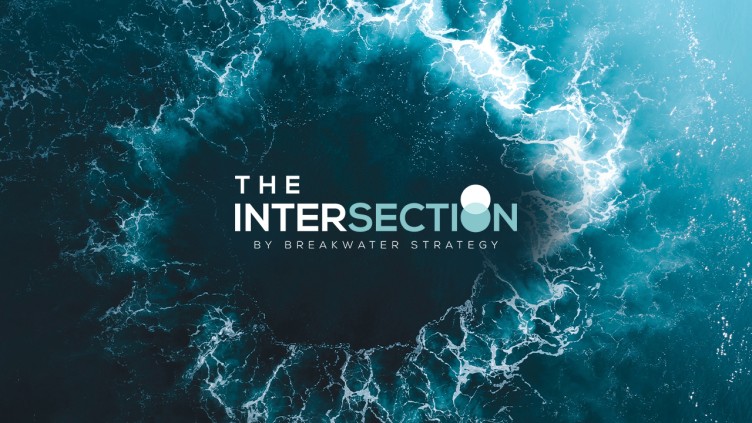When a publicly-traded company makes the decision to buy back a large number of its own shares, it is by default saying to the world: “We are prioritizing the use of some of our current capital to reduce the number of shares we have outstanding, which will increase the value of each remaining share for those who hold them.” Shareholders often embrace the news, or at least the subsequent jump in the company’s stock price.
Others, though, aren’t quite so upbeat.
In the “buybacklash” that follows, CEOs need to be prepared to answer questions like: Would some of the capital have been better spent on employees? On research and development? On ambitious acquisitions? What about CSR budgets and ESG objectives?
Answering with “no” alone only opens the company’s executives to further probing. Is the business sputtering? Is it compromising its commitment to long term growth and innovation? Is it scaling back its deeper aspirations, buying short-term goodwill from capital markets at the expense of its long-term health and social license to operate?
These questions aren’t limited to eagle-eyed analysts and armchair executives, either. Buybacks have drawn the ire of policymakers and the public. They want –– and deserve –– clear answers.
Year over year, buybacks have tripled to nearly $125 billion dollars, with further acceleration expected as more companies state their intent to maintain or increase their dividends. These actions have been applauded and rewarded by the Capital Markets. Increasing –– and in some cases, sky-rocketing –– valuations show that the strategy is paying off.
In certain sectors, the surging cost of oil and gas has driven record profits. Others are experiencing heightened efficiency through reductions in their workforce and capital expenditures. Whatever the cause, the company is sitting on a pile of cash –– and they decide to initiate or increase the amount that is being returned to their shareholders. The increasing concentration of buybacks (as a percentage of the whole in select sectors) continues even against the backdrop of a new buyback tax –– a levy that would increase substantially under a new proposal President Biden unveiled in the SOTU.
To mitigate backlash, it’s essential for executives to communicate how these buybacks fit into their long-term strategic vision –– not only to the Capital Markets, but to Society (the public at large), the State (policymakers and regulators), and their own Organization (current and future employees). That’s especially critical for companies that have put innovation at the core of their corporate identity.
So as companies emerge from the latest earnings cycle, here are five key actions that CEOs can take to navigate the ongoing capital allocation conversation:
1) Earn Employee Buy-in: Employees are the engine of a company’s strategic success. As they see their colleagues leave while savings are being leveraged for return of capital to investors, you should aim to ensure that each and every employee has a strong understanding of the strategic rationale for becoming more efficient (the need to align actions with Capital Markets), and feels personally vested in realizing the full potential of the franchise ahead.
2) Emphasize the “And”: Highly-effective CEOs and leading institutional investors have the same goal: Investing capital in the best ways possible, whether for business reinvestment, paying down debt, buybacks, or dividends. Review your 2023 engagement plan with investors and understand how they view the prioritization of capital. Set long-term goals and metrics –– and communicate in a way that creates long-term alignment.
3) Map Out the Road Ahead: Reinforce your vision for the future, and explain how these short-term moves will help achieve that long-term vision. Two recent examples are Meta and Chevron. Meta has refined their capital allocation related to the Metaverse, but their commitment to that space –– and the broader application of AI to their digital advertising business –– remains intact. Chevron recently achieved their highest return on capital employed since 2011 (over 20%), while simultaneously strengthening their balance sheet and investing for the future while increasing their buyback program.
4) Underscore Pandemic Agility: The pandemic transformed capital allocation. As companies faced supply chain disruptions and the rapidly-shifting economic landscape, they learned to make decisions faster, with less information, and for more strategic impact. Communicate how your pandemic-driven agility continues to fuel your executive decision-making today.
5) Engage State Actors: Many sectors have cultivated goodwill among government officials and regulators, due in large part to sizable capital expenditures in critical strategic infrastructure. You can’t afford for State actors to mistake your buyback for a larger retrenchment. The recent buyback tax emphasizes the need to effectively communicate capital allocation decisions to this audience. Now you need to reiterate –– and reinforce –– your vision for a collective future with the State and its constituents.
Reach out to Mark Hayes to learn more, or to chart your course ahead.

